Wheat Whole
Wheat is a cereal grain plant that typically grows to a height of 2 to 4 feet (0.6 to 1.2 meters), although this can vary depending on the variety and growing conditions.
₹1,000.00
Wheat: A Comprehensive Overview
Plant Characteristics:
- Plant Size: Wheat is a cereal grain plant that typically grows to a height of 2 to 4 feet (0.6 to 1.2 meters), although this can vary depending on the variety and growing conditions.
- Type: Wheat belongs to the genus Triticum and is categorized into several species, with common ones being Triticum aestivum (common or bread wheat), Triticum durum (durum or pasta wheat), and Triticum compactum (club wheat).
- Taste: Wheat itself is not known for its distinct taste, but rather for its versatility in various culinary applications. The taste of wheat-based products, such as bread, pasta, and cereal, depends on the recipe and preparation.
- Color: Wheat plants have green stems and leaves, and the grains can vary in color, with common wheat grains being amber to reddish-brown, durum wheat grains being golden yellow, and others having white or even black grains.
Soil Type for Growth:
- Wheat thrives in well-drained, loamy soils with good fertility. It can tolerate a range of soil pH levels but generally prefers neutral to slightly alkaline soils.
Regions of Production:
- Wheat is grown in many parts of the world, but the largest wheat-producing countries include China, India, Russia, the United States, and France. In India, the major wheat-producing states are Punjab, Haryana, Uttar Pradesh, Madhya Pradesh, and Rajasthan.
Maturity Period and Environmental Conditions:
- The maturity period of wheat varies depending on the variety, but it typically ranges from 90 to 150 days from planting to harvest. Wheat is a cool-season crop and is usually planted in the fall or early spring, depending on the region. It requires a temperate climate with temperatures between 60°F to 75°F (15°C to 24°C) during its growth stages.
Physical Properties and Ingredients:
- Wheat grains are small, oval-shaped, and composed of three parts: the bran (outer layer), the endosperm (the starchy part), and the germ (the embryo). It is rich in carbohydrates, fiber, protein, and various vitamins and minerals, including B vitamins and iron.
Shelf Life After Harvesting:
- Wheat grains have a long shelf life when stored properly. They can last for several years if kept in a cool, dry, and well-ventilated place. Proper storage conditions are essential to prevent insect infestations and moisture damage.
Storage Conditions:
- Wheat should be stored in airtight containers or silos to protect it from moisture, pests, and contamination. Temperature and humidity control is crucial to maintain its quality.
Uses and Consumers:
- Food: Wheat is a staple food source for a large part of the world’s population. It is used to make a wide range of products, including bread, pasta, cereals, cakes, cookies, and more.
- Animal Feed: Wheat is also used as animal feed, especially for poultry and livestock.
- Industrial Uses: Wheat byproducts, such as wheat bran and wheat germ oil, are used in various industrial applications, including the production of cosmetics, pharmaceuticals, and biofuels.
- Ethanol Production: In some regions, wheat is used for ethanol production, contributing to biofuel production.
In summary, wheat is a versatile and important crop globally, with variations in plant size, type, and grain color. It serves as a fundamental food source for people and animals, with a long shelf life if stored properly. Its cultivation is influenced by specific soil and environmental conditions, and it has a wide range of uses across various industries.

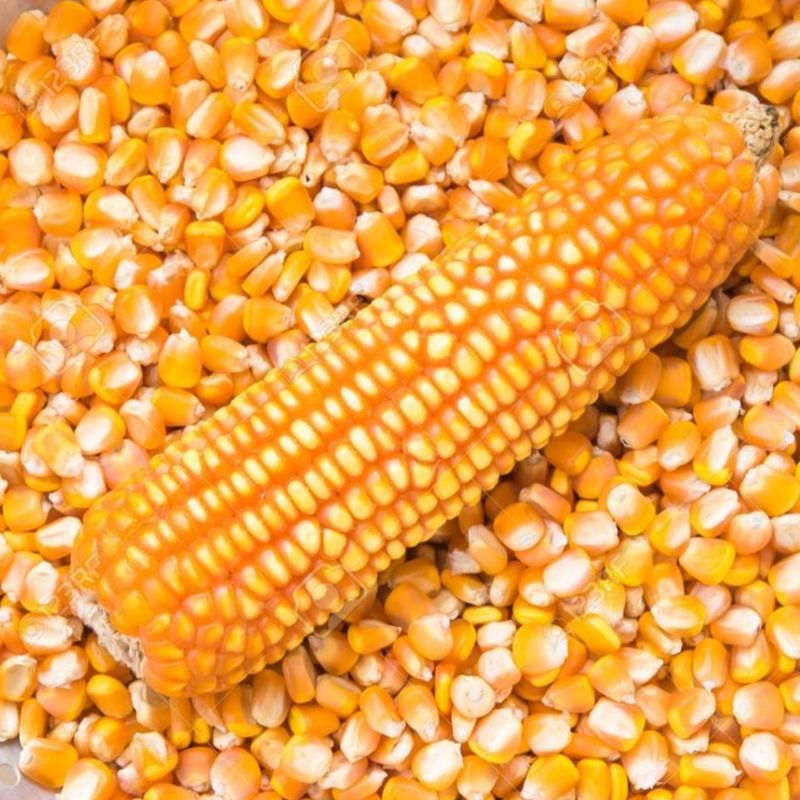
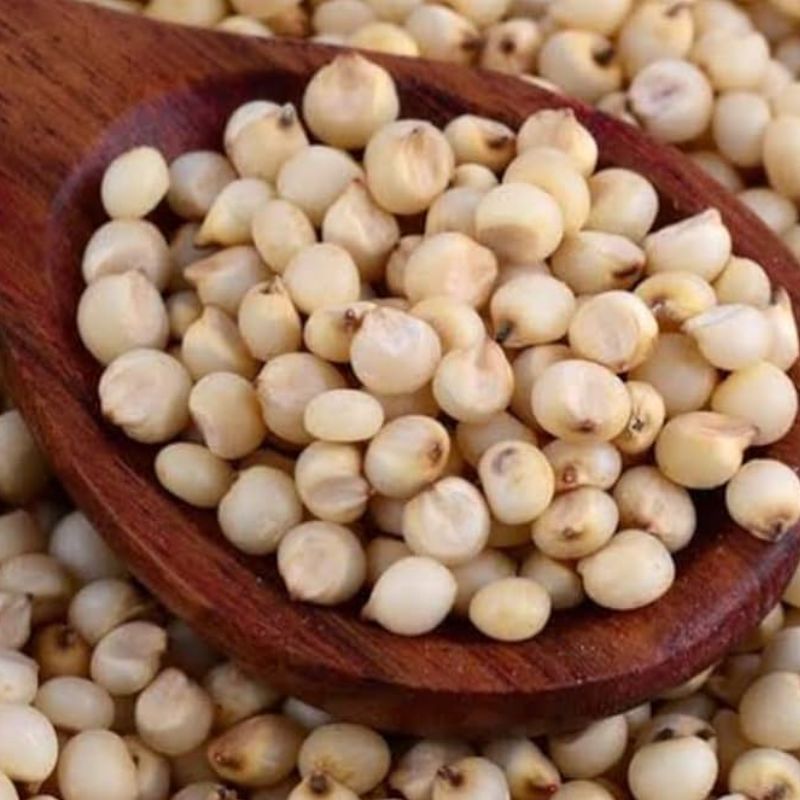
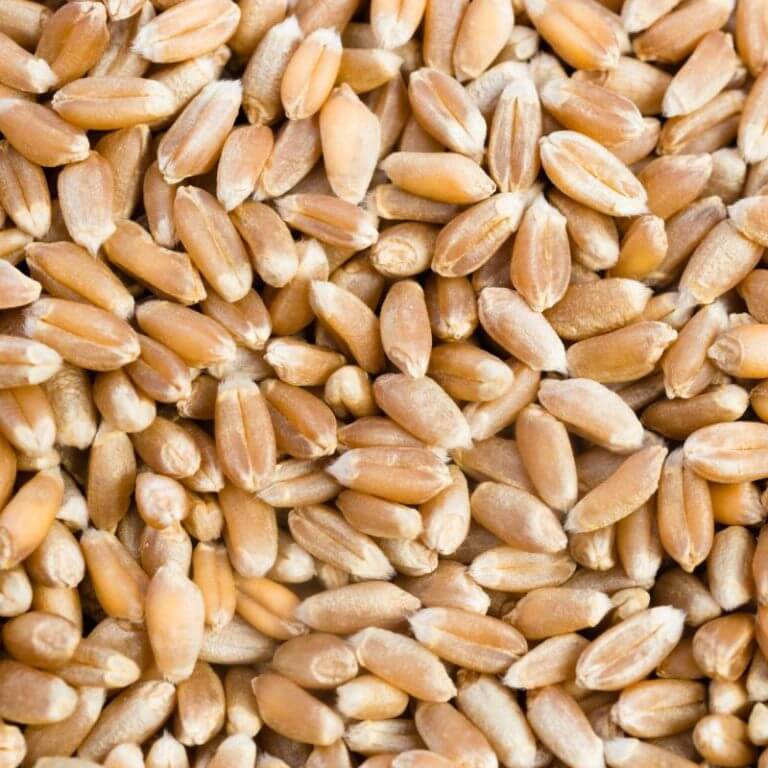
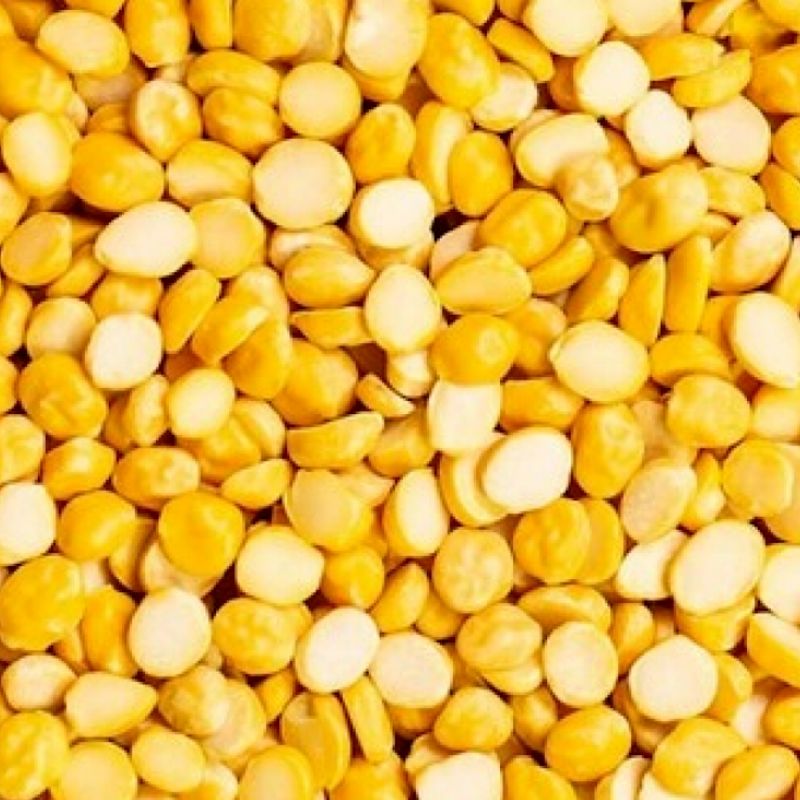

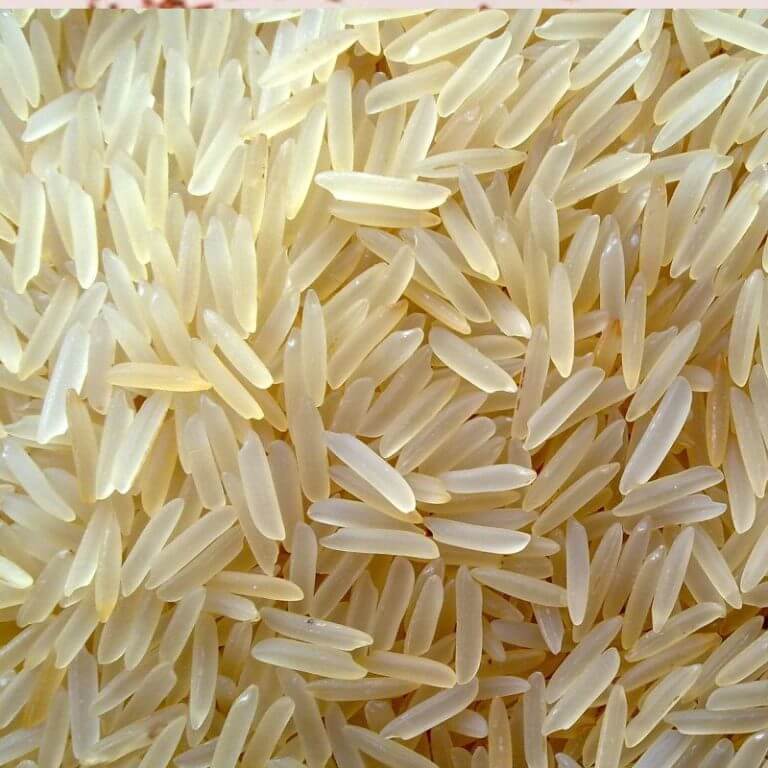
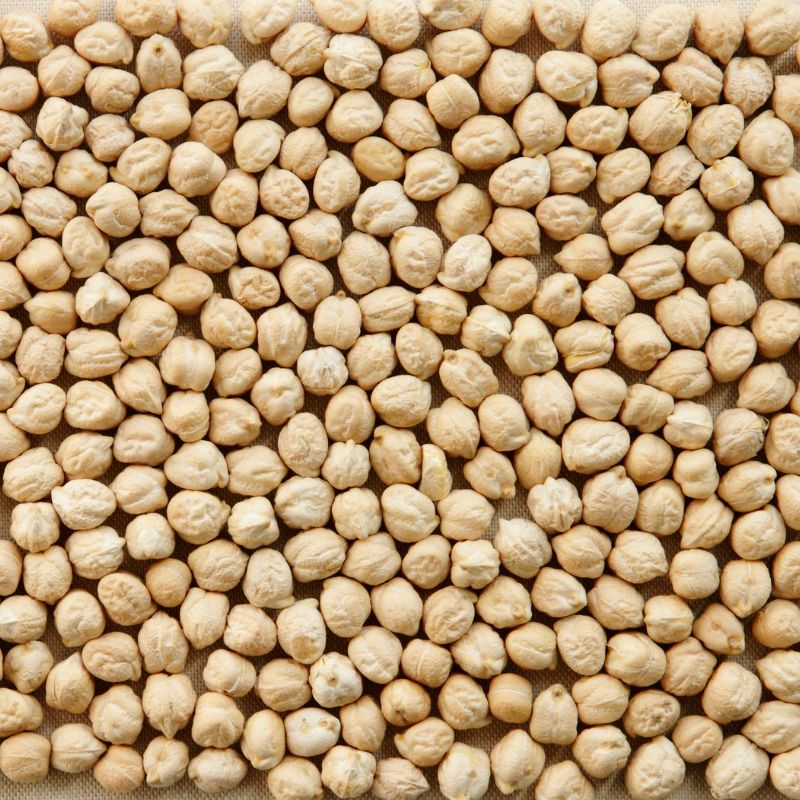
Reviews
There are no reviews yet.